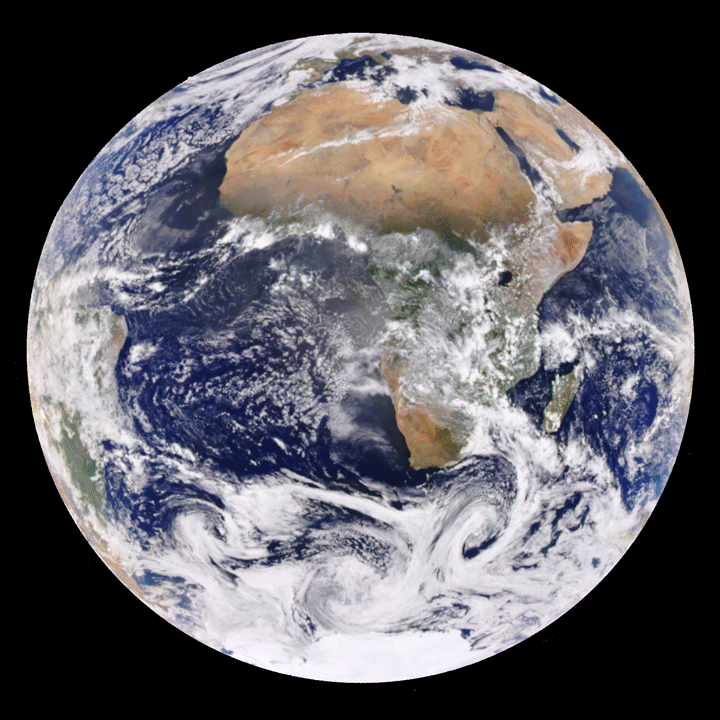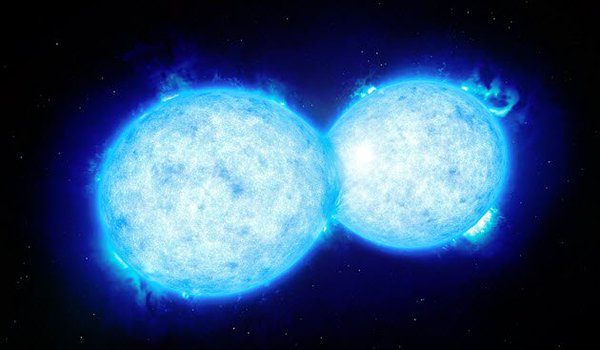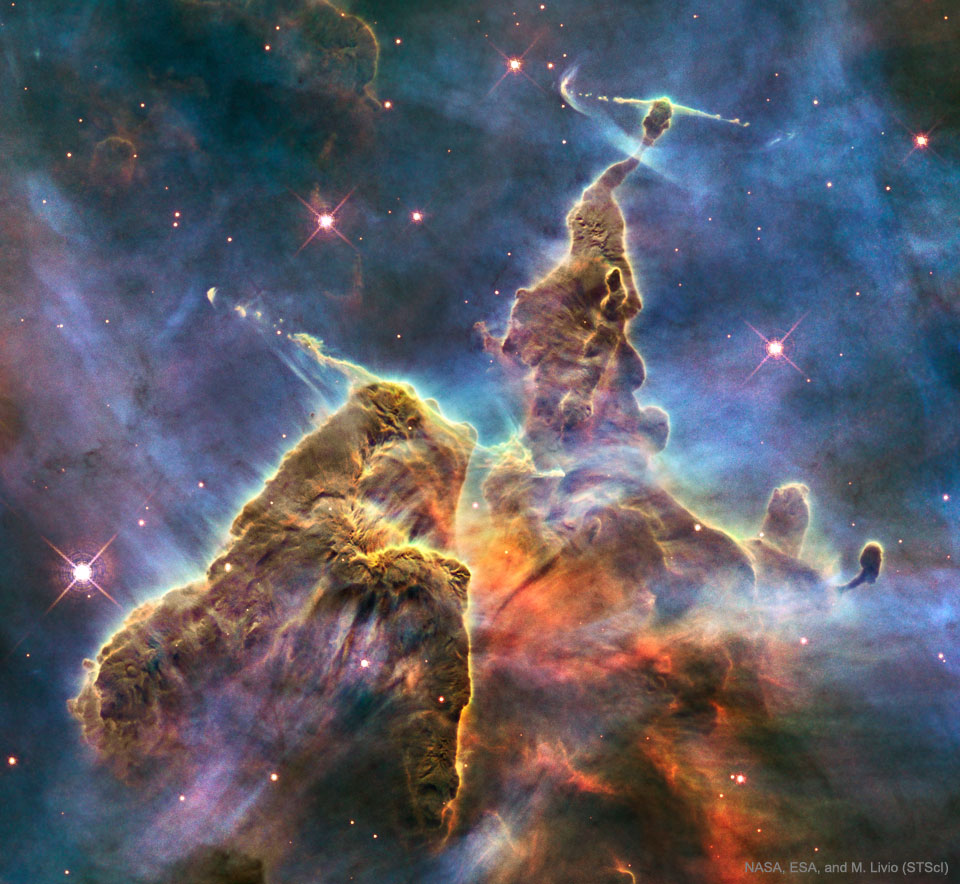I Love all those space pics.
Passengers (upcoming movie): Looking forward to this:
Passengers (upcoming movie): Looking forward to this:

Nice :slight_smile:View attachment 4902
Sand dunes on Mars.





@Montoya : "ALL MY AURORAS, IN A BRA FORMATION!"Astronomers have spotted the hottest and most massive known double star, VFTS 352.

https://pbs.twimg.com/media/Cf_XDp0WsAAqMi6.jpg


Some of the best shots, that you've posted, yet.
Have not seen this purple-shaded picture style before. Really like it. Thanks for posting! :)
Jeez that's a lot of big wordsAstronomy Picture of the Day

https://apod.nasa.gov/apod/image/1707/carina08_hubble_960.jpg
Mountains of Dust in the Carina Nebula
Image Credit: NASA, ESA, and M. Livio (STScI)
It's stars versus dust in the Carina Nebula and the stars are winning. More precisely, the energetic light and winds from massive newly formed stars are evaporating and dispersing the dusty stellar nurseries in which they formed. Located in the Carina Nebula and known informally as Mystic Mountain, these pillar's appearance is dominated by the dark dust even though it is composed mostly of clear hydrogen gas. Dust pillars such as these are actually much thinner than air and only appear as mountains due to relatively small amounts of opaque interstellar dust. About 7,500 light-years distant, the featured image was taken with the Hubble Space Telescope and highlights an interior region of Carina which spans about three light years. Within a few million years, the stars will likely win out completely and the entire dust mountain will evaporate.
Here's some blue boobys.I clicked on this thread expecting something vastly different. While the pictures WERE interesting and awe inspiring; Somebody owes me some green tits.


